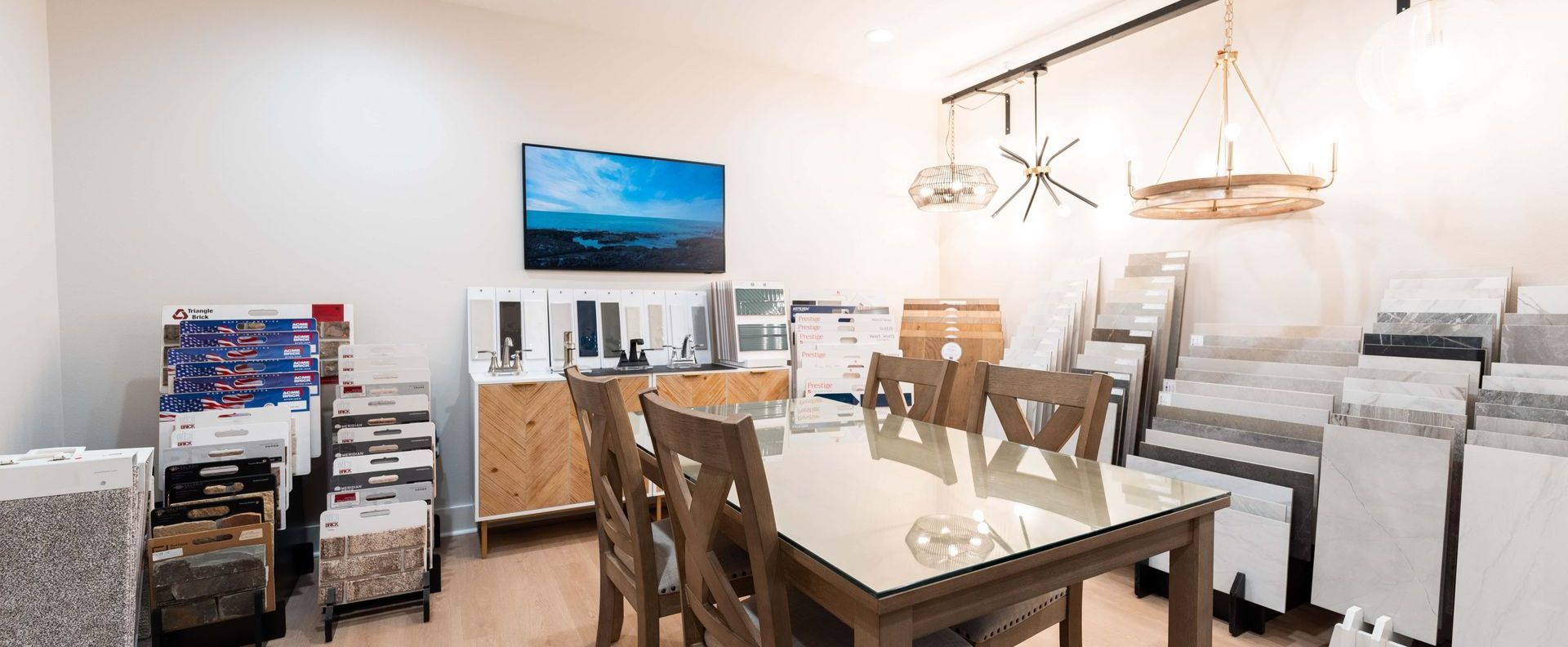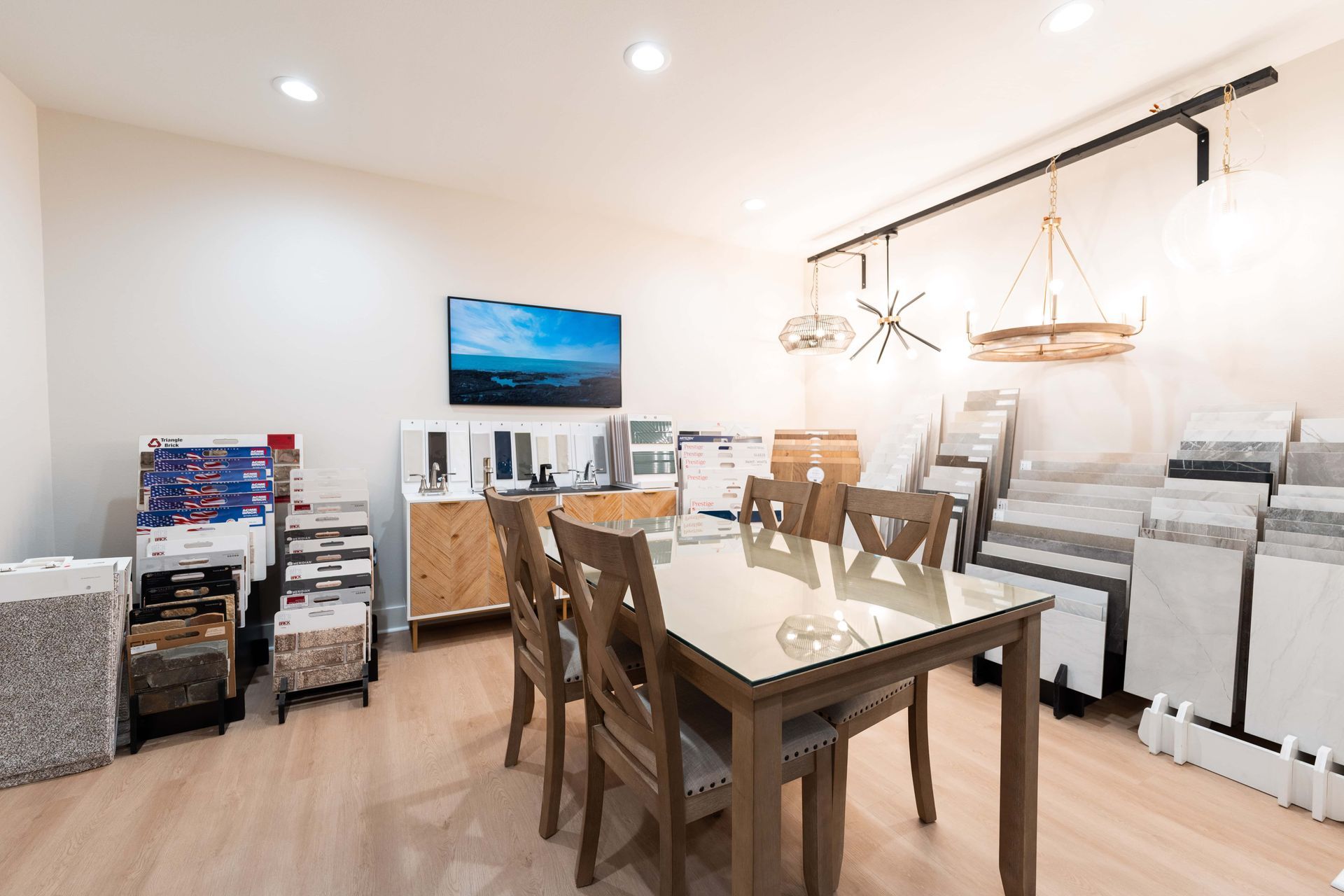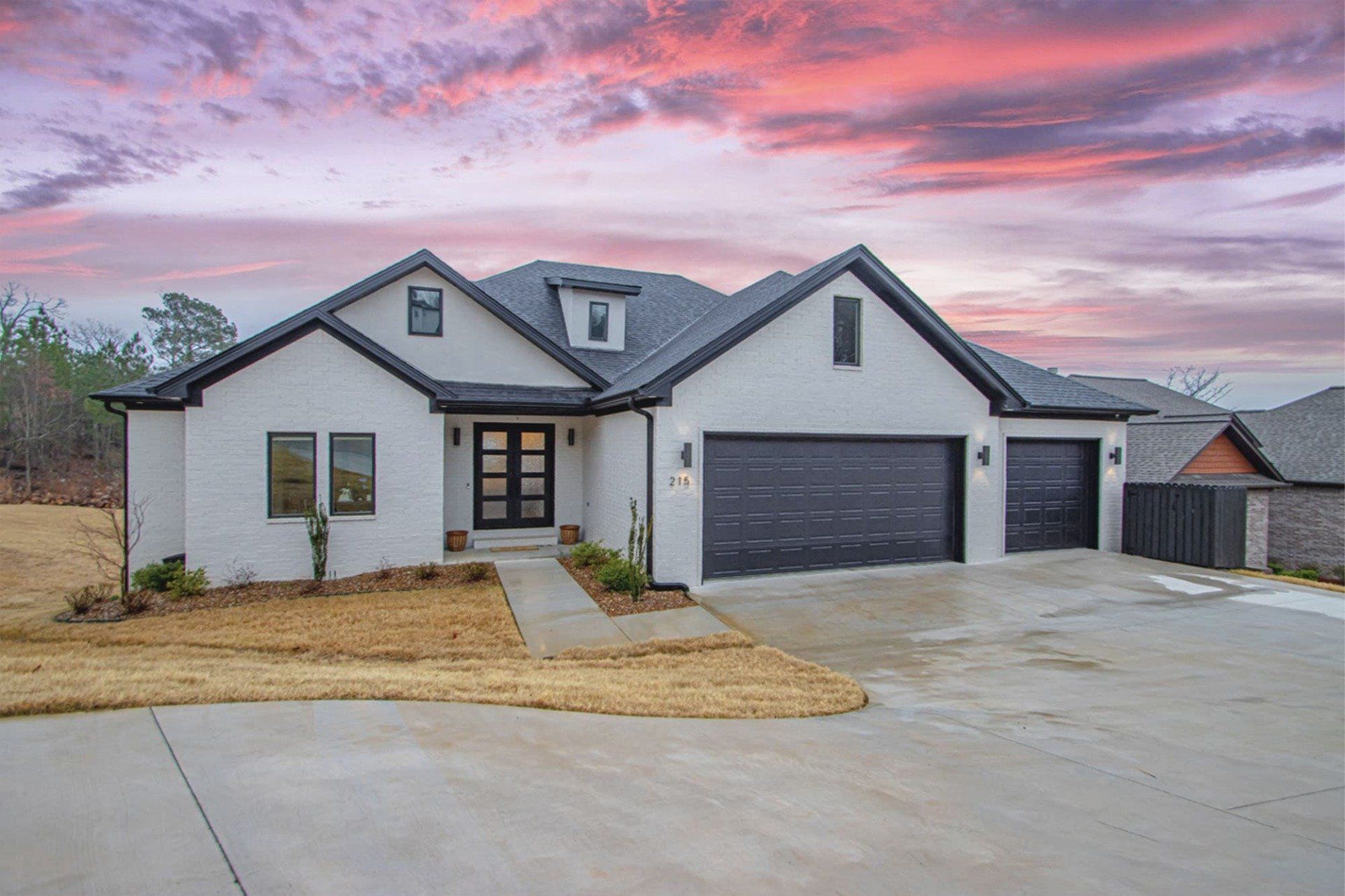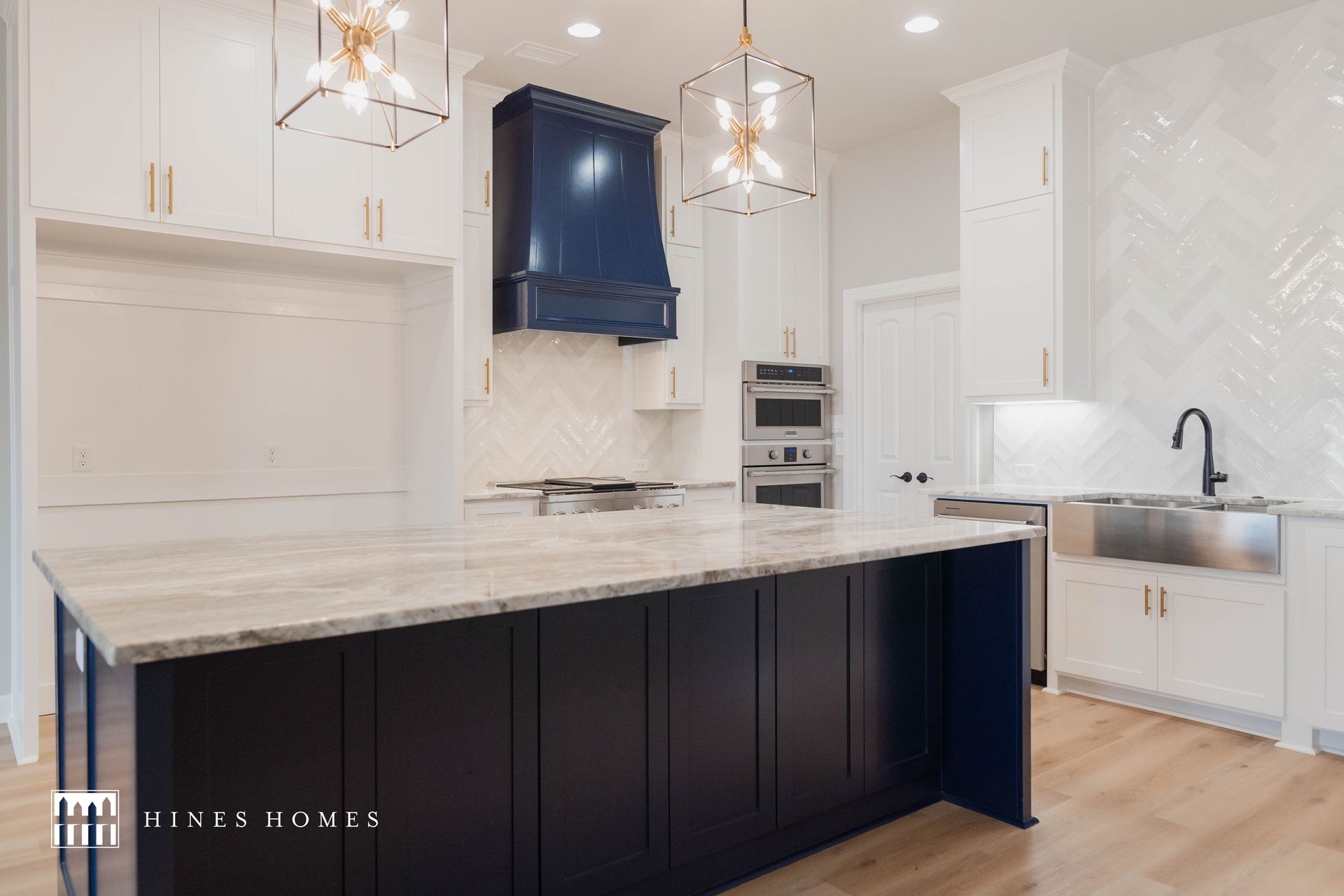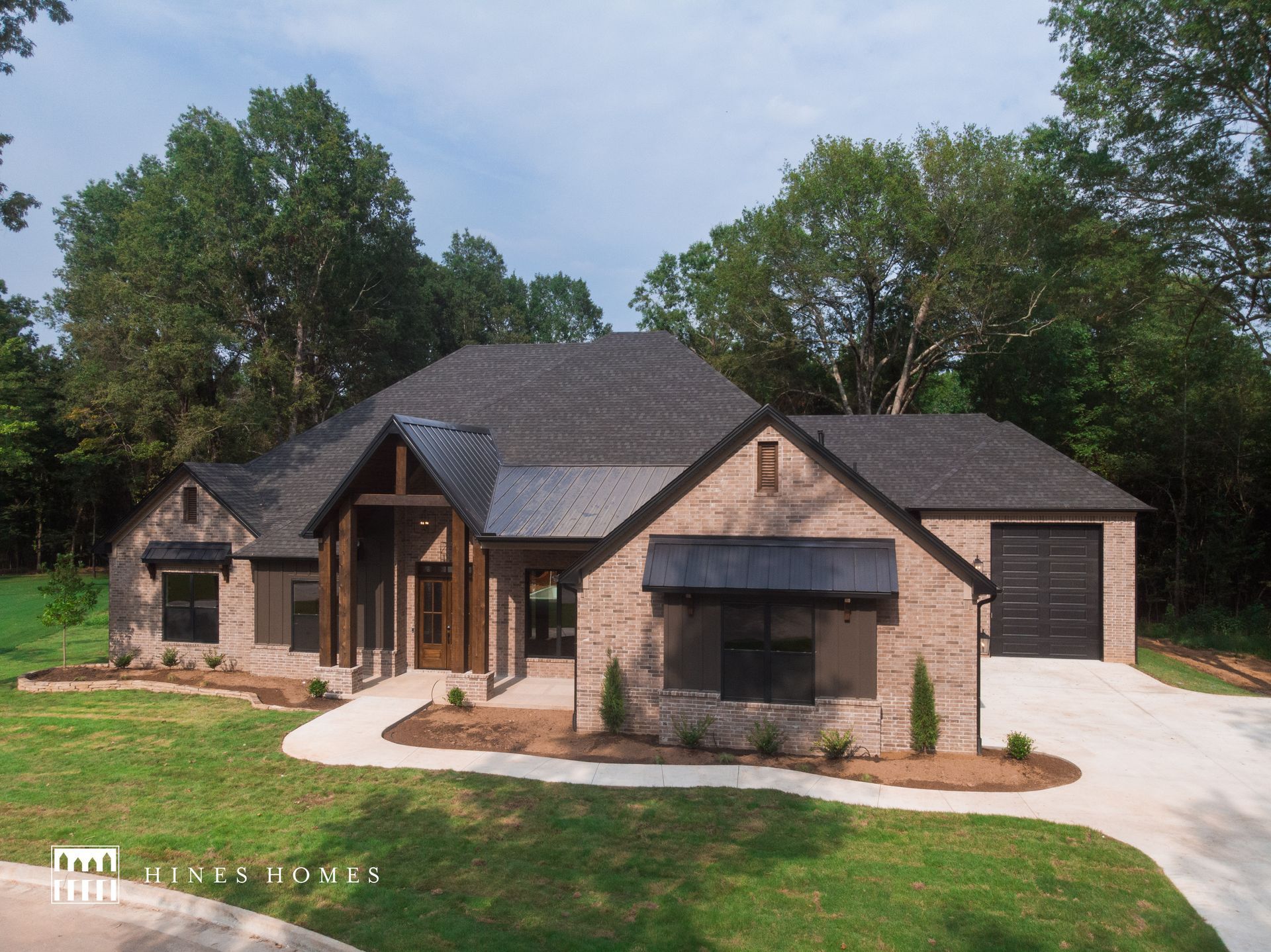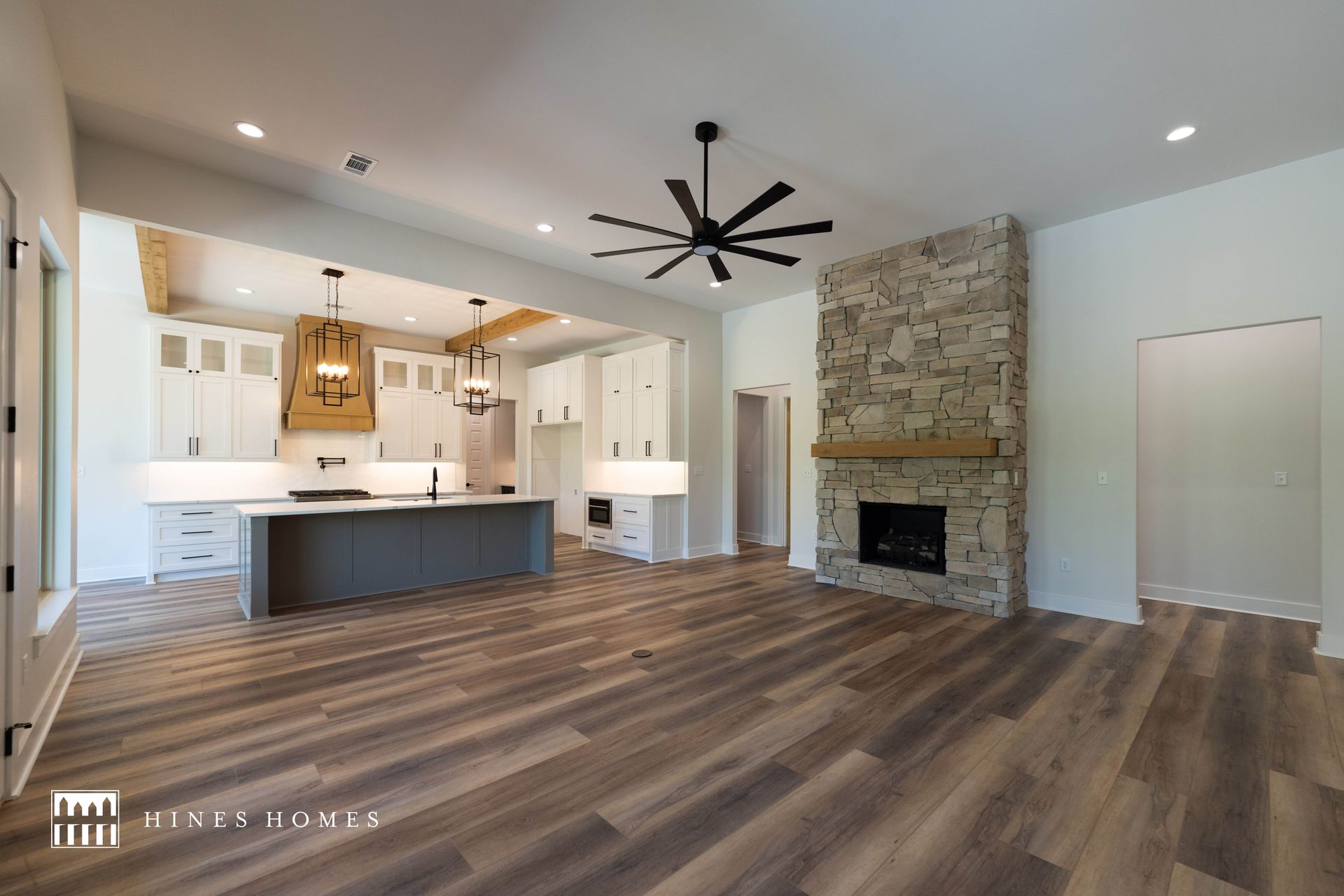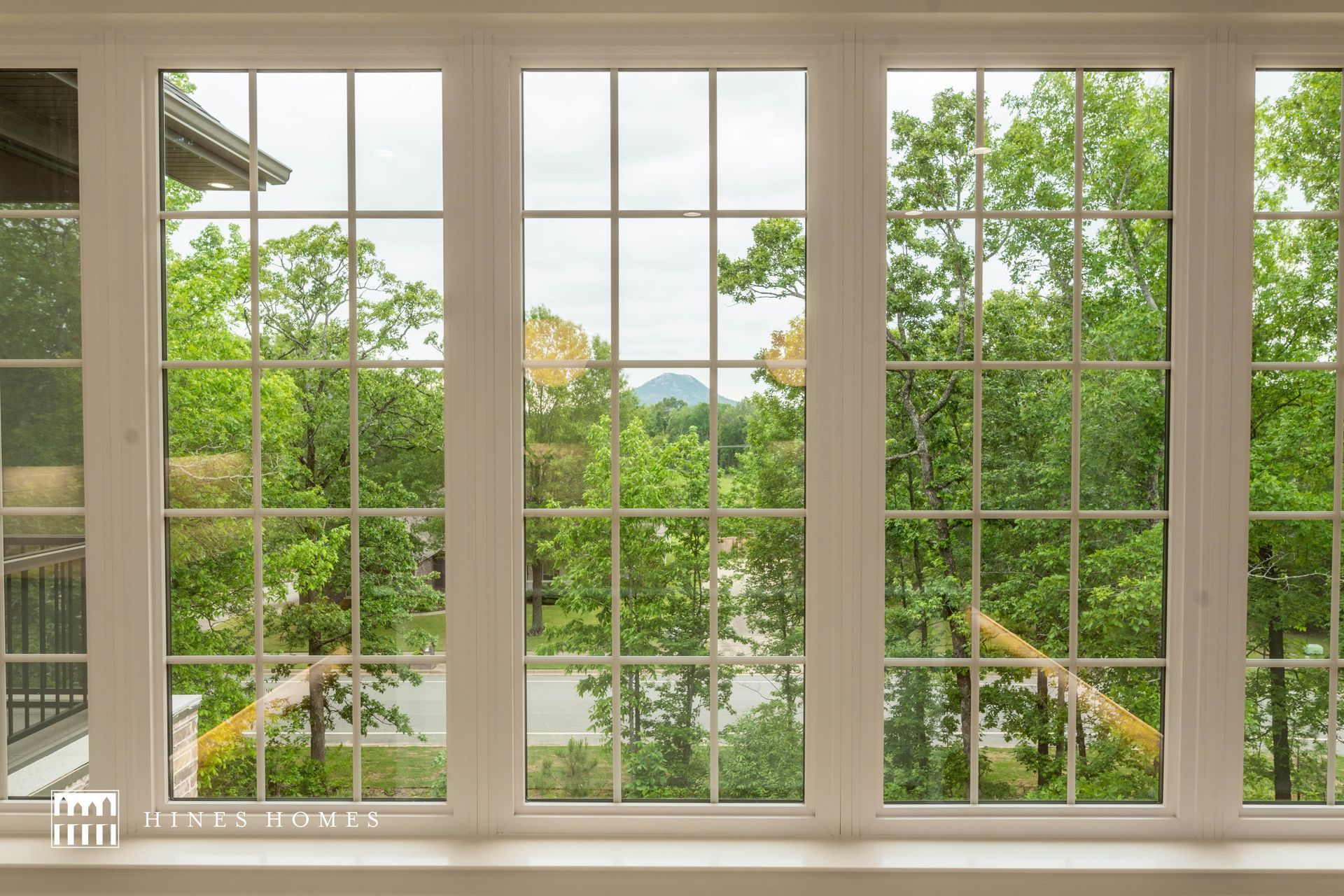Setting the Mood: How Lighting Affects Your Home
Lighting does more than just brighten a space—it sets the mood, enhances functionality, and transforms the overall aesthetic of your home. The right lighting design can make a room feel warm and inviting, dramatic and luxurious, or bright and energizing. Whether you're designing a new home or updating your current space, understanding how lighting affects your home is key to creating the perfect ambiance.
The Power of Natural Light
Natural light is one of the most important elements in home design. It boosts mood, enhances productivity, and makes spaces feel more open and welcoming. Large windows, skylights, and glass doors help bring in as much natural light as possible. The placement of these elements can also impact how light moves throughout the day, creating dynamic shifts in the atmosphere.
To maximize natural light, consider using sheer window treatments, strategically placed mirrors, and light-reflecting surfaces. South-facing windows provide consistent sunlight, while adjustable shades allow homeowners to control brightness and glare.
Layered Lighting for Depth and Functionality
A well-designed home features a layered lighting approach that combines different types of lighting to create balance and depth. The three main types of lighting—ambient, task, and accent—each serve a specific purpose and work together to enhance the overall feel of a space.
- Ambient Lighting: This is the main source of illumination in a room, usually provided by ceiling fixtures, recessed lighting, or chandeliers. It creates an even level of brightness that sets the overall tone of the space.
- Task Lighting: Designed for specific activities, task lighting includes under-cabinet kitchen lights, desk lamps, and vanity lighting in bathrooms. It provides focused illumination where it's needed most.
- Accent Lighting: Used to highlight architectural features, artwork, or decor, accent lighting adds depth and drama. Wall sconces, track lighting, and LED strip lights are great ways to create visual interest.
Color Temperature and Mood
The color temperature of light plays a significant role in the mood of a space. Warm lighting creates a cozy and intimate atmosphere, making it ideal for bedrooms, living rooms, and dining areas. Cooler lighting is crisp and energizing, making it well-suited for kitchens, bathrooms, and workspaces. Smart bulbs allow homeowners to adjust color temperature throughout the day, shifting from warm morning light to cooler daytime brightness and back to warm evening tones.
Statement Fixtures and Design Impact
Lighting fixtures are more than just functional—they can serve as stunning focal points in a home. A grand chandelier in the entryway, sleek pendant lights over a kitchen island, or sculptural sconces in a hallway add personality and style. Choosing statement fixtures that complement the home's design can enhance both aesthetics and ambiance.
Dimmable lights and smart lighting systems offer even more flexibility, allowing homeowners to create different moods for different occasions. Whether it’s a soft glow for a relaxing night in or bright illumination for entertaining guests, customizable lighting makes it easy to adapt any space.
Outdoor Lighting for Curb Appeal and Security
Exterior lighting enhances both safety and ambiance. Pathway lights, porch sconces, and uplighting on trees or architectural elements create a welcoming entrance while improving security. Motion-sensor lights and smart outdoor lighting systems add an extra layer of protection, ensuring that both beauty and safety are prioritized.
Thoughtful lighting design transforms a house into a home by creating warmth, functionality, and style. Whether through natural light, layered illumination, or statement fixtures, the right lighting choices enhance every aspect of a space. By carefully planning lighting throughout your home, you can set the perfect mood for any moment.
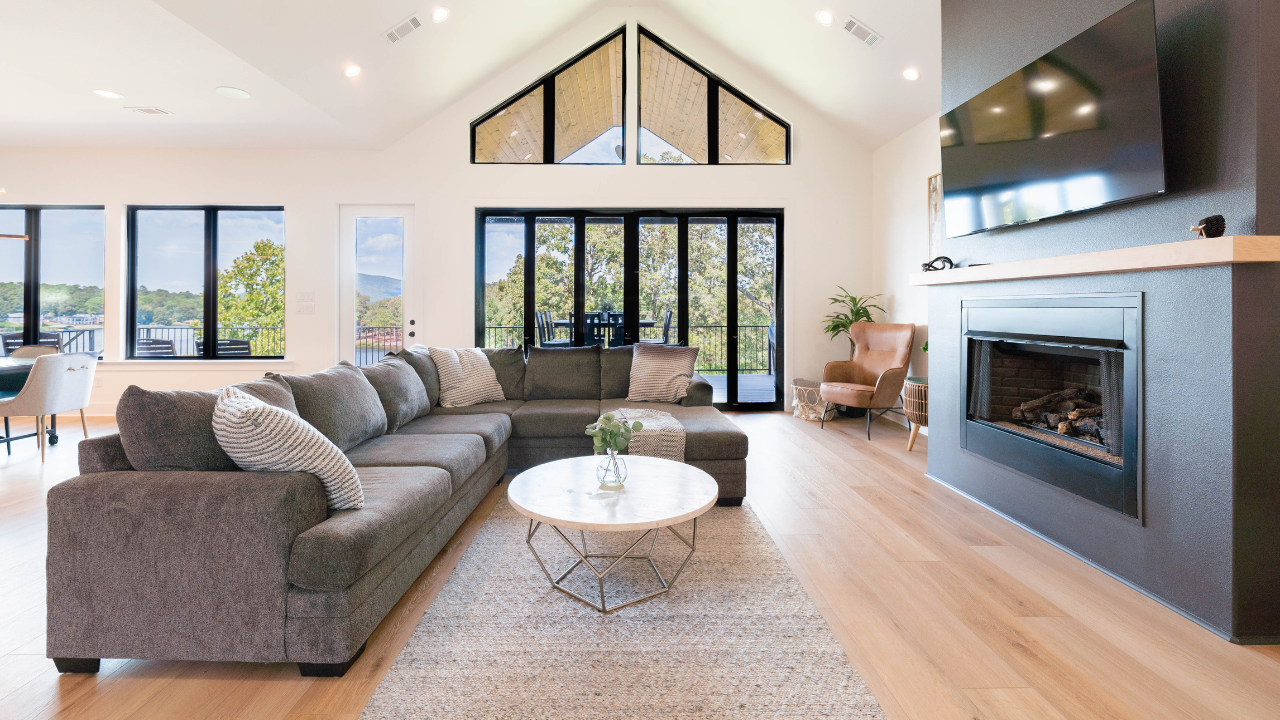
Share
